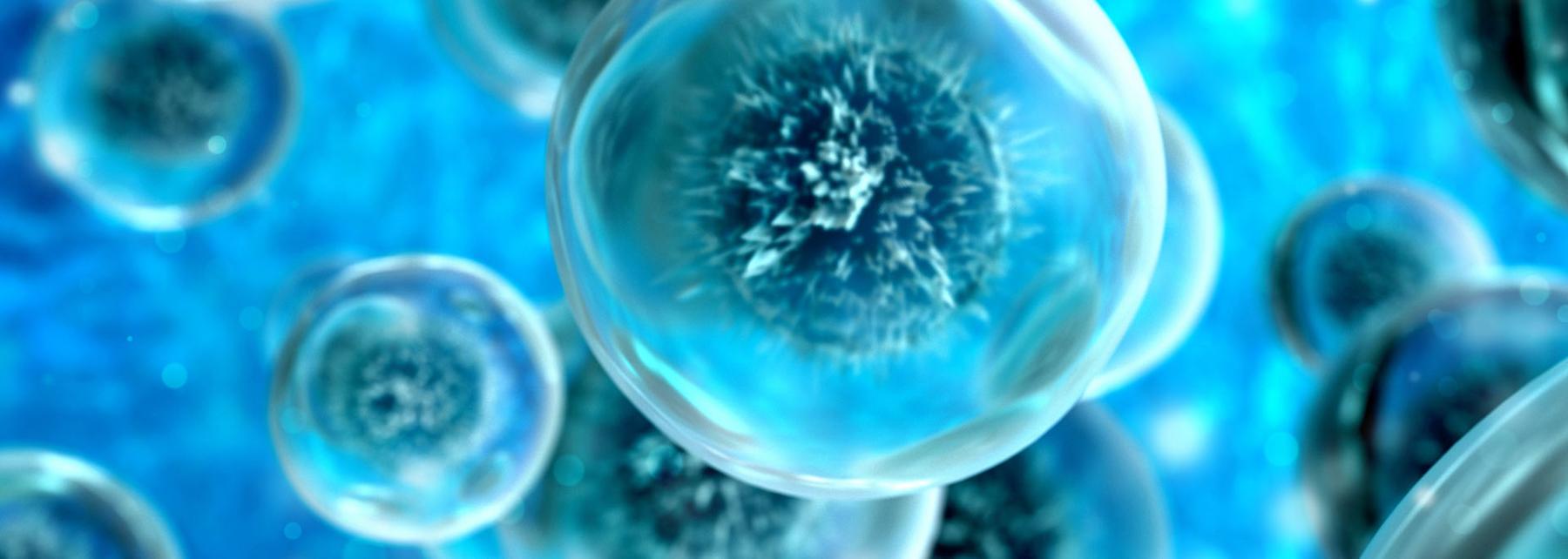
Modeling Cellular Respiration: How is the Mitochondrion the "Powerhouse" of the Eukaryotic Cell?
by Cristi Sims
This is best for high school AP/IB/Honors Biology students for using clay and miscellaneous items to model and then film their model of Cellular Respiration to better understand how the Electron Transport Chain generates energy in the form of a proton gradient that allows for simple diffusion of those protons through ATP Synthase which turns and attaches a phosphate group to ADP thus creating ATP, the chemical "power" of cells.
Lesson Plan Link/URL
https://docs.google.com/presentation/d/1dSBeYkBGJbZWCA4XSf1xw7hwnsUtRUYz/edit?u…Related Content

Grades:
9th Grade, 10th Grade, 11th Grade, 12th Grade
Using the Introduction to Hydroponics lab, introduce students to the features of the Hydroponic Systems. Students will explore the different types of grow mediums and grow lights used in the systems

Grades:
9th Grade, 10th Grade, 11th Grade, 12th Grade
This STEM Argumentative Research Project engages students in exploring the scientific, ethical, and societal implications of themes in Mary Shelley's "Frankenstein." Students will work in groups to

Grades:
7th Grade, 8th Grade, 9th Grade, 10th Grade, 11th Grade, 12th Grade
Want to incorporate the Arts into your 7-12 STEM classroom? The Global Science Opera provides a way to do just that! Learn how to facilitate a STEAM collaboration with arts teachers to make it happen.

